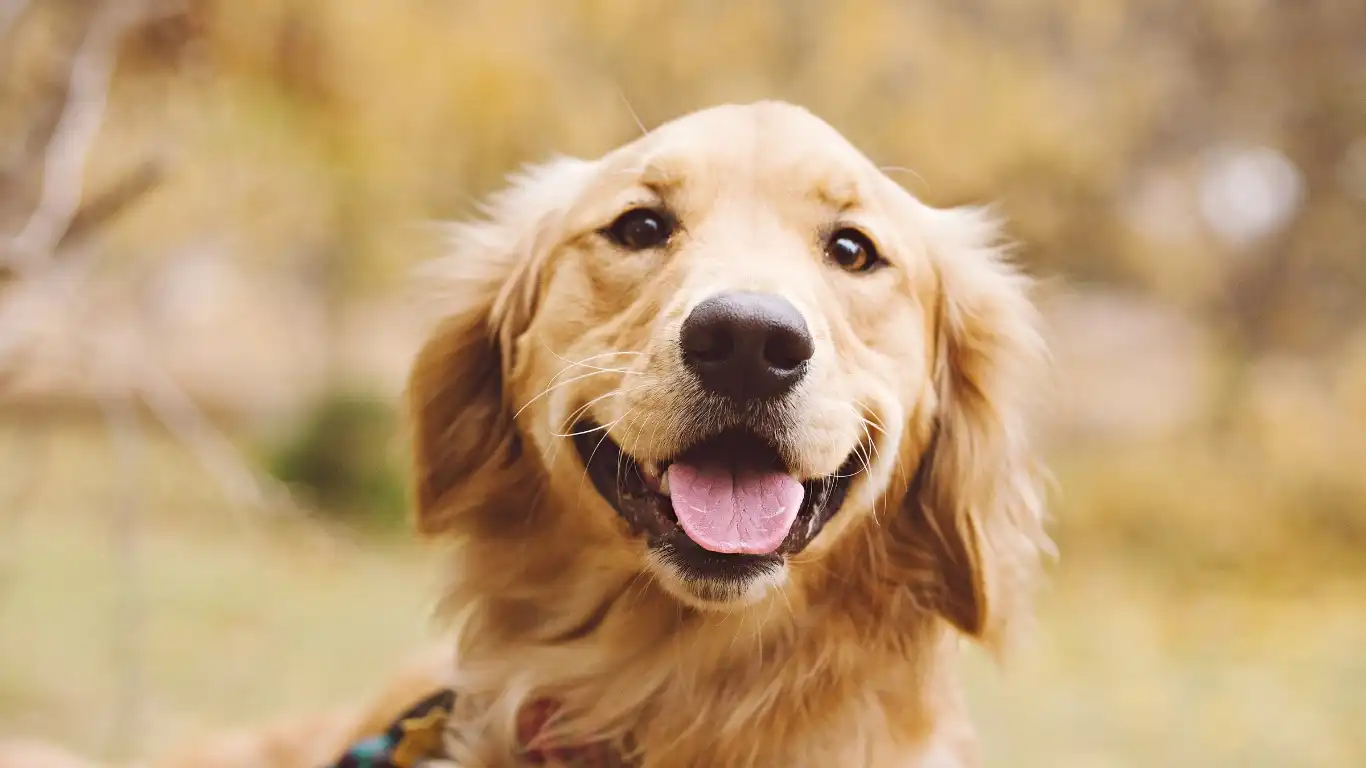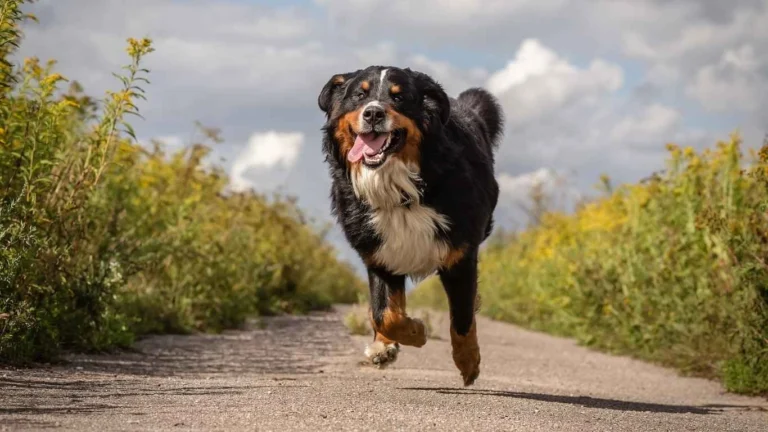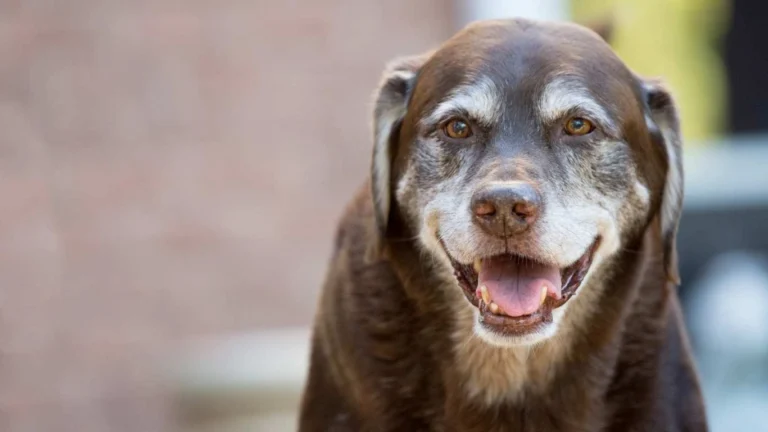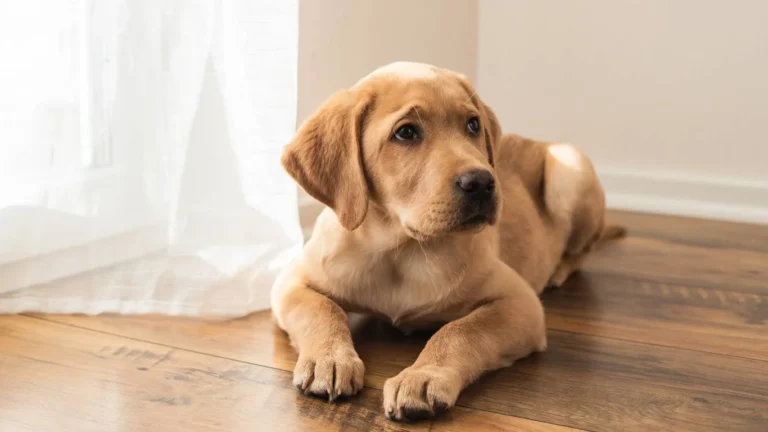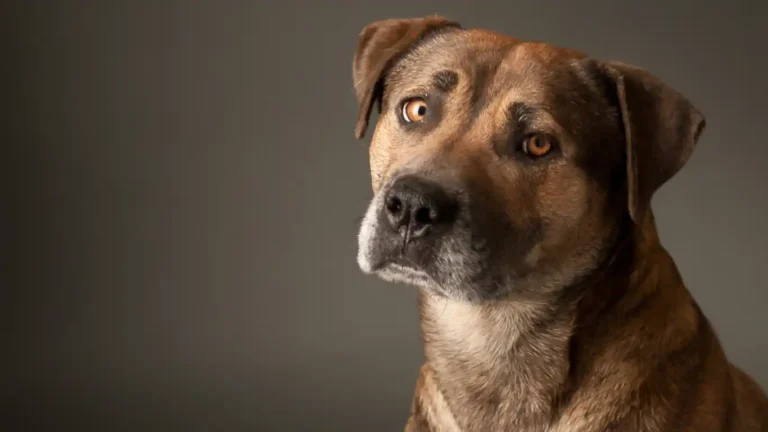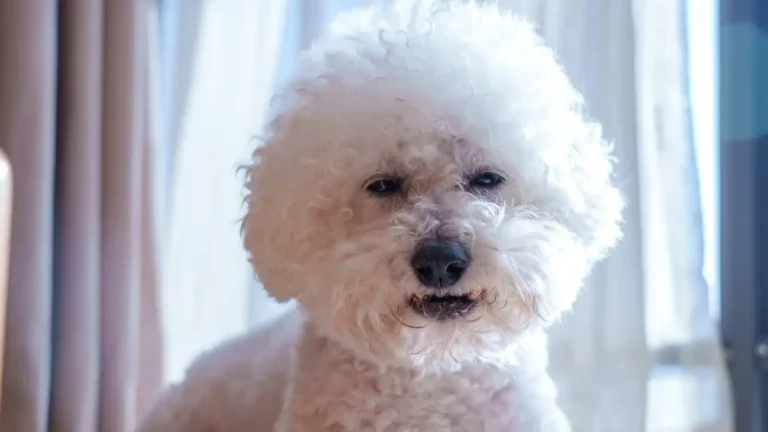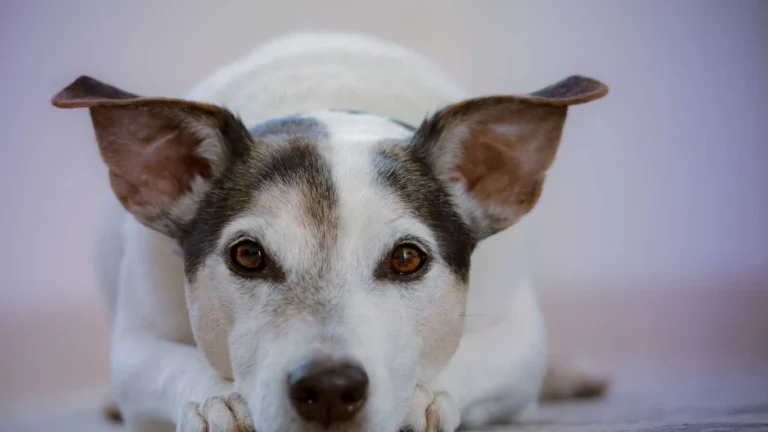Ultimate Guide to Properly Clean a Dog’s Nose Folds
As a pet nutritionist and care expert with years of experience in veterinary clinics, I’ve seen it all when it comes to caring for our furry companions. One of the most overlooked areas of dog hygiene is the cleaning of their nose folds. If you’ve ever had a dog with wrinkles or a flat face, you might be familiar with the problem—those deep, moist folds around their noses can quickly become breeding grounds for bacteria, causing discomfort, odor, and even infections. So, how to properly clean a dog’s nose folds? Let’s dive into why this is so important and how you can make sure you’re doing it the right way for your dog’s health and comfort.
Why Cleaning Your Dog’s Nose Folds is Essential
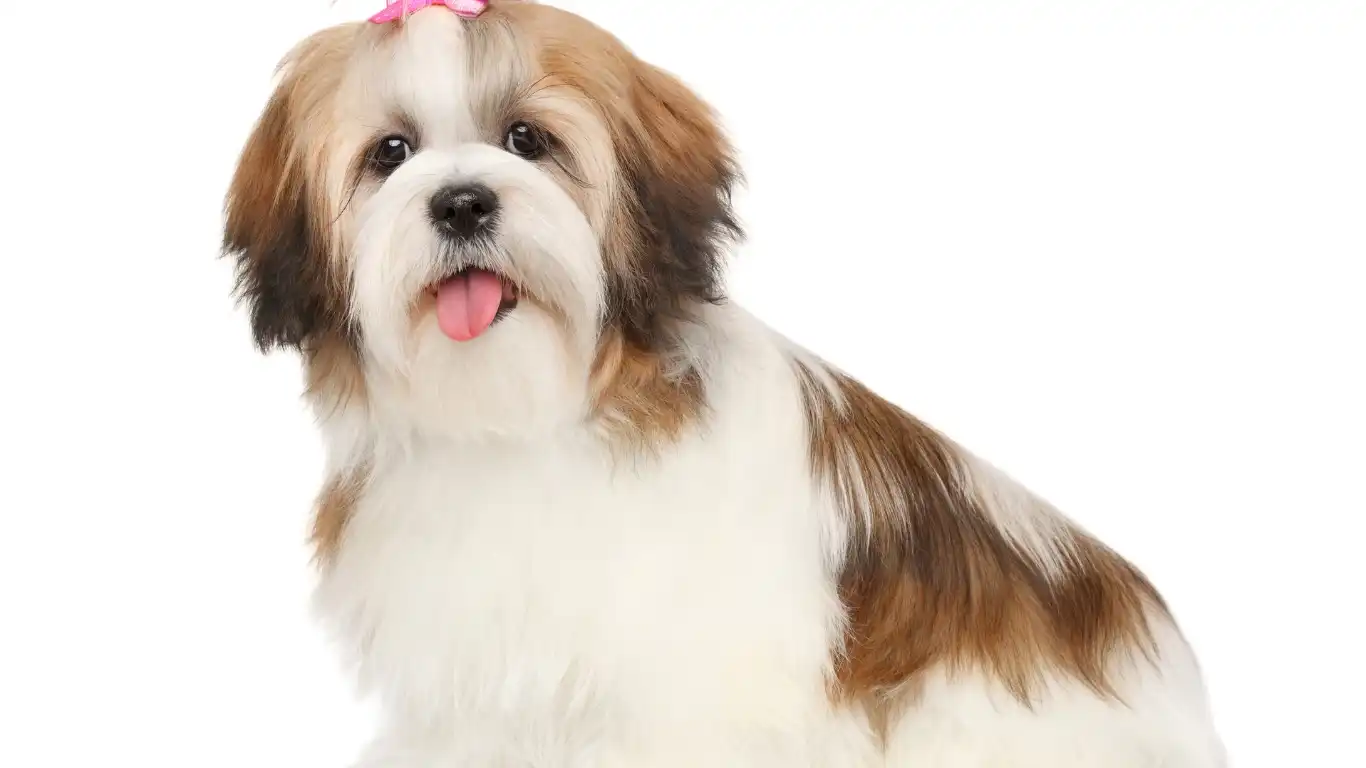
If your dog has wrinkles or folds on their face—think Bulldogs, Pugs, or Shar Peis—you’ve likely noticed that those little crevices can collect moisture, dirt, and oils. While these folds may look cute, they can cause serious issues if not cleaned regularly. Moisture trapped in these folds creates a perfect environment for bacteria and fungi to grow, leading to unpleasant odors, irritation, and even infections like pyoderma or yeast infections. Trust me, I’ve seen many cases where neglecting nose fold care led to dogs suffering from painful conditions that could’ve been prevented with a little extra care.
Now, don’t panic—cleaning your dog’s nose folds doesn’t have to be a difficult or time-consuming process. With the right approach, you can prevent infections and ensure your dog stays comfortable and happy. I’ll guide you through the whole process, step by step, to make sure your pup’s nose folds stay clean and healthy.
Step-by-Step Guide to Cleaning Your Dog’s Nose Folds
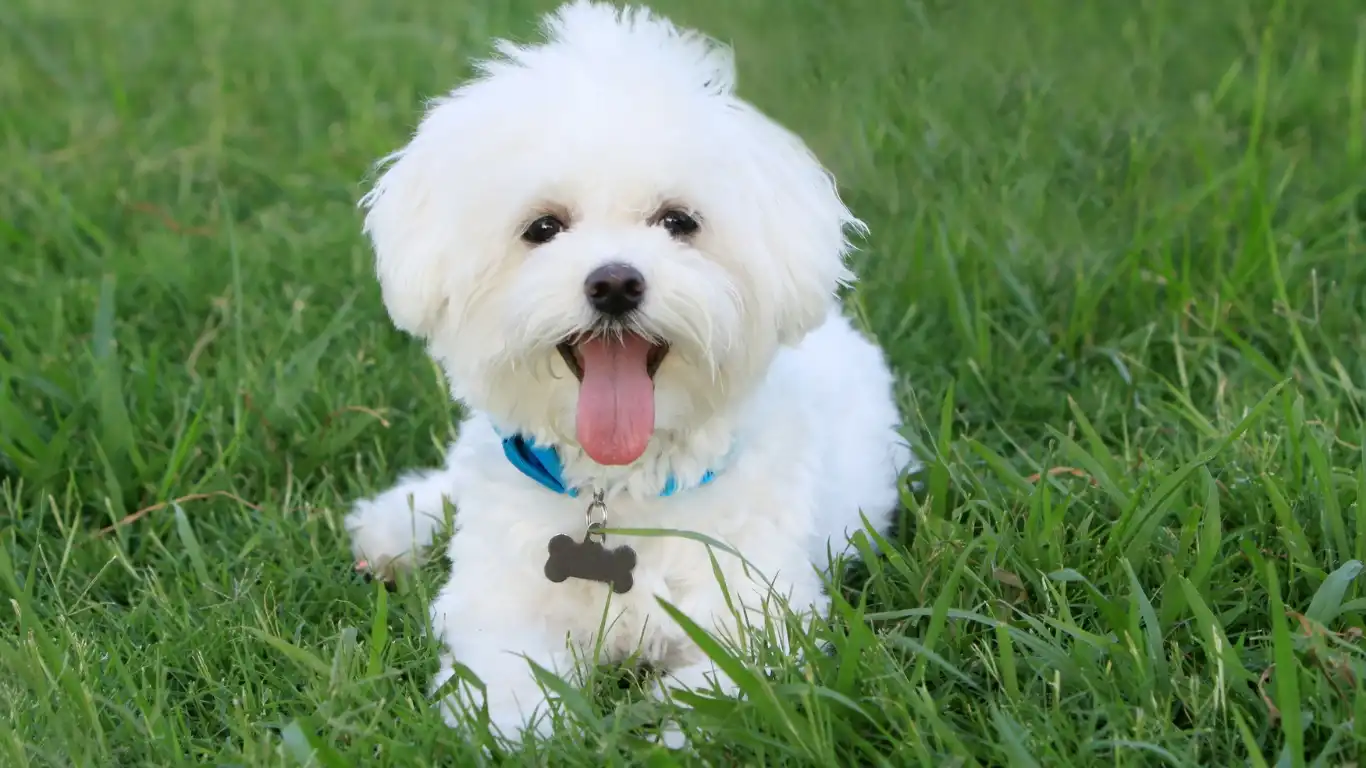
Step 1: Gather Your Cleaning Supplies
Before you start, make sure you have everything you need. You don’t want to run around looking for supplies halfway through! Here’s a quick checklist of what I always recommend to my clients:
- Moisture-wicking wipes (unscented and gentle on your dog’s skin)
- Dog-safe cleanser (you can ask your vet for a recommendation, or use a mild hypoallergenic one)
- Soft cloth or cotton pads (I like to use non-abrasive materials to avoid irritation)
- Pet-safe antibacterial ointment (only if you notice any irritation or cuts that need extra care)
Tip: Never use harsh chemicals or human-grade wipes that may contain alcohol, fragrances, or other ingredients that could be too strong for your dog’s sensitive skin.
Step 2: Prepare Your Dog for the Cleaning Session
Before diving into cleaning, make sure your dog is comfortable and calm. You know your dog best, so choose a time when they’re relaxed—maybe after a walk or play session. If your dog isn’t used to having their nose folds cleaned, you might want to start by gently massaging the area to get them used to the sensation.
If your dog is particularly squirmy or nervous about having their face touched, try rewarding them with treats or praise during the process to create a positive association with the experience. Keep the cleaning sessions short at first so it doesn’t overwhelm them.
Step 3: Gently Wipe Away Debris and Moisture
Once your dog is ready, take a soft cloth or cotton pad and gently wipe around the folds of their nose. Start by wiping away any visible dirt, mucus, or moisture. Be careful not to apply too much pressure or irritate the skin. You want to ensure that you’re removing the debris without causing any discomfort.
Pro tip: If you notice any stubborn gunk or buildup in the folds, you can dampen the cloth with some warm water or use a vet-approved dog cleanser to help break down the grime. Just make sure you’re using something safe and gentle to avoid skin reactions.
Step 4: Dry the Area Thoroughly
Once the folds are clean, the next step is equally important: drying. After all, moisture is one of the main causes of infection in nose folds. Use a clean, dry cloth or towel to gently pat the folds dry. Be thorough and ensure there’s no lingering moisture trapped in those crevices.
Sometimes, I recommend using a blow dryer on the lowest, coolest setting for extra precaution, especially if your dog has very deep folds. Make sure to keep the dryer at a safe distance and never use high heat, as this could cause burns or discomfort. The goal is to dry the folds completely without stressing your dog out.
Signs You Need to Clean Your Dog’s Nose Folds More Frequently
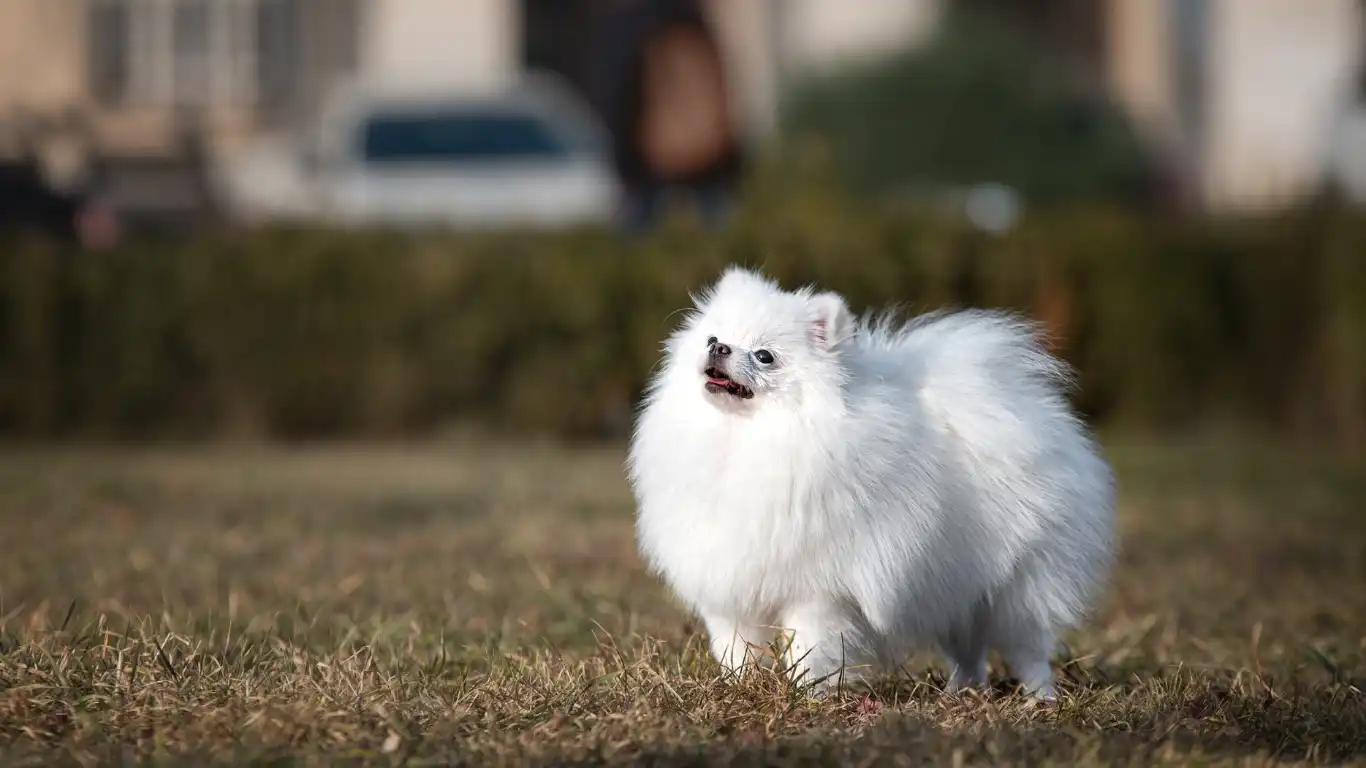
So, how often should you clean your dog’s nose folds? It really depends on the breed and their activity level. For breeds with particularly wrinkled faces, like Bulldogs or French Bulldogs, I recommend cleaning their folds daily or at least every other day. For other dogs, once a week may be sufficient. However, there are a few signs that indicate it might be time to clean those folds more often:
- Foul odor: If the folds start smelling bad, it’s a sign of trapped moisture and bacteria.
- Redness or irritation: If you see inflamed or irritated skin, your dog’s folds are likely not drying properly, and bacteria may be building up.
- Visible discharge or crusting: This could be a sign of an infection, and you should clean the folds more frequently and consult your vet.
Trust me, I’ve seen firsthand how consistent care can prevent these issues and help your dog feel their best. Regular cleaning will keep their skin healthy, reduce odors, and avoid infections, ensuring your pup remains happy and comfortable.
When to See a Vet for Nose Fold Issues
While regular cleaning can keep most problems at bay, there are instances when you’ll need to consult with a veterinarian. If you notice persistent discharge, swelling, redness, or signs of infection despite cleaning, it’s a good idea to get a professional opinion. In my experience, early intervention can make all the difference when it comes to treating infections or skin conditions that affect the nose folds.
Now that you know how to properly clean a dog’s nose folds, you can start incorporating this simple but essential task into your dog’s care routine. Not only will it keep your pup feeling fresh and comfortable, but it’ll also help prevent common health issues from developing.
Common Mistakes to Avoid When Cleaning Your Dog’s Nose Folds
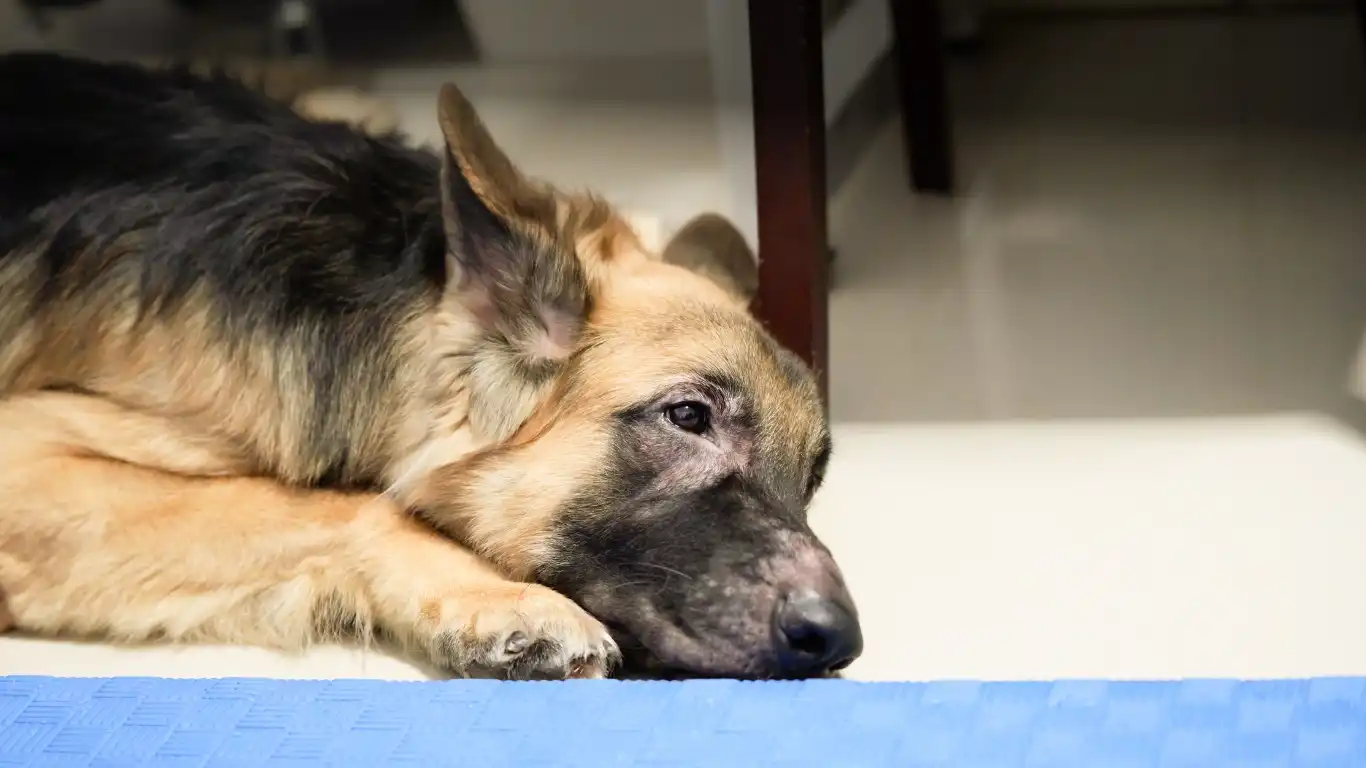
As a pet care expert, I’ve seen many pet parents make some common mistakes when cleaning their dog’s nose folds. These errors can lead to discomfort for your dog or even cause injury, so it’s essential to be aware of what to avoid. Trust me, it’s easy to get carried away, especially if your dog’s folds are particularly messy. But it’s important to stay calm, gentle, and focused on the task at hand.
1. Using Harsh or Strong Chemicals
One of the biggest mistakes I see is using strong chemicals or harsh products on sensitive skin. While it might be tempting to grab a regular disinfectant wipe or a cleaning solution you use around the house, these can cause irritation or even burns to your dog’s skin. Remember, your dog’s nose folds are delicate, and using anything too harsh can make things worse.
Instead, always opt for a gentle, pet-safe cleanser specifically designed for sensitive areas. I usually recommend hypoallergenic wipes or cleansers that are unscented. These products will clean without drying out or irritating the skin.
2. Rushing the Cleaning Process
Another common mistake is rushing through the cleaning process. I get it—life can be hectic, and cleaning your dog’s folds might seem like a chore. But if you’re not thorough, it can lead to missed areas where bacteria can build up. You also risk causing your dog discomfort if you’re moving too quickly or using rough motions.
When I’m teaching new pet parents how to properly clean their dog’s nose folds, I always tell them: take your time. Gently wipe each fold, making sure to get into every crease. If you notice some stubborn grime, give it a little more attention. Your dog will thank you for the extra care!
3. Overdoing It with Moisture
While it’s crucial to clean your dog’s nose folds, over-wetting the area can cause more harm than good. I’ve seen dogs develop skin issues from too much moisture trapped in their folds after cleaning. That’s why drying is just as important as cleaning. If you don’t dry the area properly, it can create the perfect environment for yeast or bacterial infections to thrive.
After cleaning, always make sure to dry the folds thoroughly with a soft towel. I also suggest using a blow dryer on the lowest heat setting if your dog tolerates it. Just be sure not to overdo it or use hot air, which can irritate the skin.
4. Ignoring Signs of Infection or Irritation
Another critical mistake is ignoring any signs of infection or irritation. If you notice that your dog’s nose folds are red, inflamed, or producing unusual discharge, it’s time to step up the cleaning routine and possibly seek veterinary advice. Early intervention is key when it comes to preventing serious infections.
In my experience, catching these issues early can save your dog from a lot of pain and discomfort. If the redness or swelling persists, consult your vet for further advice on how to proceed. They might recommend an antibiotic ointment or an anti-fungal treatment to address the issue effectively.
How Often Should You Clean Your Dog’s Nose Folds?

Now that you understand the process and potential mistakes to avoid, let’s talk about frequency. A common question I get is: “How often should I clean my dog’s nose folds?” The answer isn’t one-size-fits-all, as it depends on the breed and the individual dog’s needs. But I can offer some general guidelines to help you find a routine that works for your pet.
For Wrinkled Breeds
Breeds with deep wrinkles and folds around their noses, like Bulldogs, Pugs, or Shar Peis, need more frequent cleaning. I recommend cleaning their folds daily or at least every other day. These dogs tend to accumulate more moisture, oils, and debris, which increases the risk of infections and irritation.
If you have a breed with particularly deep nose folds, consider using a dry towel or cotton pad to gently wipe the folds multiple times a day, especially after meals or outdoor activities. You’ll be amazed at how much grime can accumulate in those little creases, so staying on top of it is important for long-term health.
For Other Breeds
If your dog doesn’t have as many wrinkles or their nose folds are more shallow, you can probably get away with cleaning once or twice a week. But again, keep an eye on the folds to ensure they stay clean and dry. Some dogs might need a little more attention if they tend to play in wet or dirty environments, like puddles or mud, while others may need less maintenance if they’re indoors most of the time.
It’s always good to check your dog’s nose folds regularly for any signs of moisture or irritation. If you notice any unpleasant odors, crusting, or changes in the appearance of the folds, that’s your cue to clean more frequently until things improve.
Using Natural Remedies for Nose Fold Care
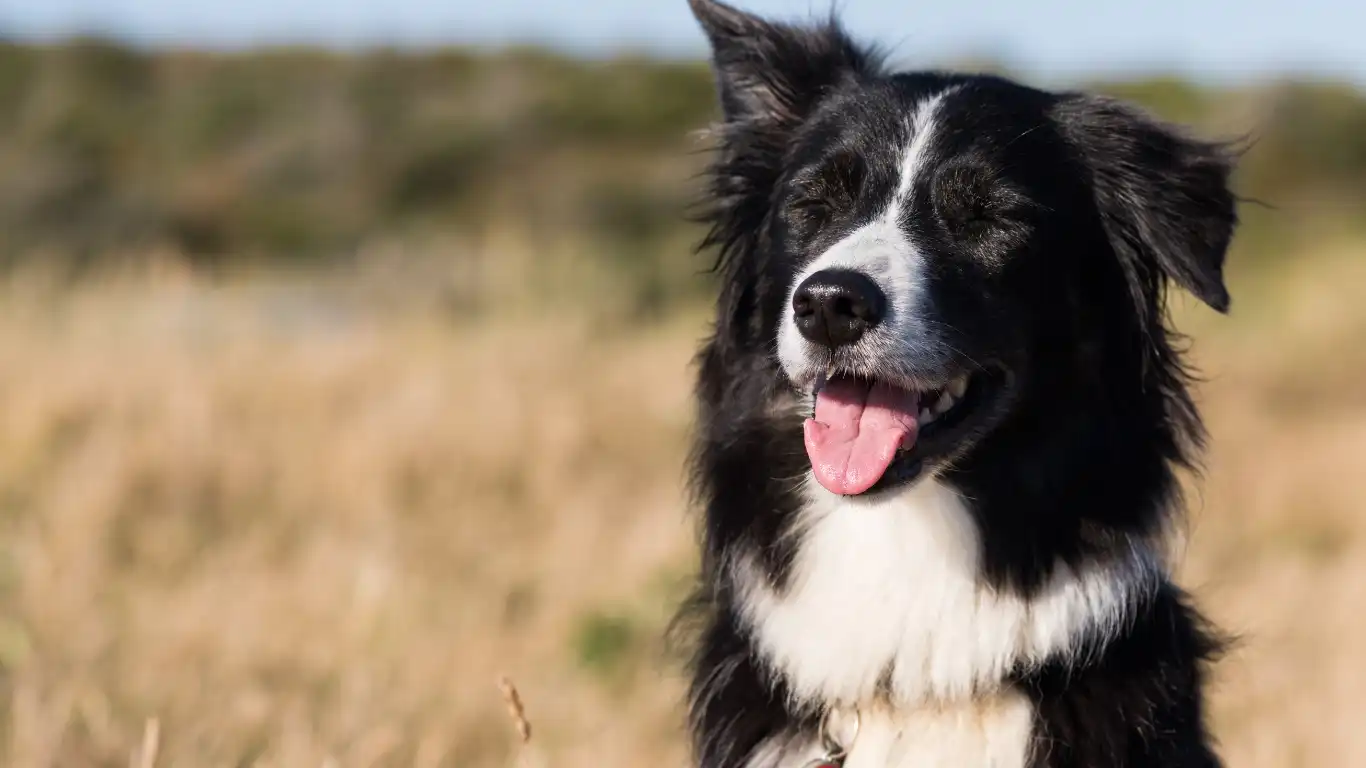
Some pet owners prefer to use natural remedies to help with nose fold cleaning, either in addition to or as an alternative to store-bought products. There are a few natural options that can be effective and gentle on your dog’s skin. However, it’s essential to be cautious and make sure that whatever remedy you choose is safe for your pet.
1. Coconut Oil
Coconut oil is known for its antibacterial and anti-inflammatory properties, making it a great option for soothing and protecting your dog’s nose folds. If you choose to use coconut oil, apply a small amount to the folds using a soft cloth or cotton pad. Gently wipe away any dirt, and then use a dry cloth to remove excess oil. Coconut oil can help keep the skin moisturized and protect it from infections.
2. Aloe Vera Gel
Aloe vera is another natural product that’s gentle and soothing for your dog’s skin. If your dog has irritated folds, you can apply a thin layer of pure aloe vera gel to the affected area. Aloe vera helps to calm inflammation and provides moisture without causing additional irritation. Just make sure you’re using pure, unscented aloe vera gel to avoid any added chemicals or fragrances that could irritate your dog’s skin.
3. Apple Cider Vinegar Solution
Some dog owners swear by apple cider vinegar for its antibacterial and antifungal properties. You can dilute apple cider vinegar with water (about a 1:1 ratio) and use a soft cloth to gently wipe your dog’s nose folds. The vinegar helps to clean and dry out any moisture that may be causing bacterial or fungal growth. However, make sure the solution is not too strong, as it could sting or irritate your dog’s sensitive skin.
Before incorporating any natural remedies into your routine, it’s always a good idea to check with your vet, especially if your dog has sensitive skin or existing skin issues. Natural products can be effective, but they’re not a one-size-fits-all solution for every dog.
What to Do if Your Dog Develops an Infection in Their Nose Folds
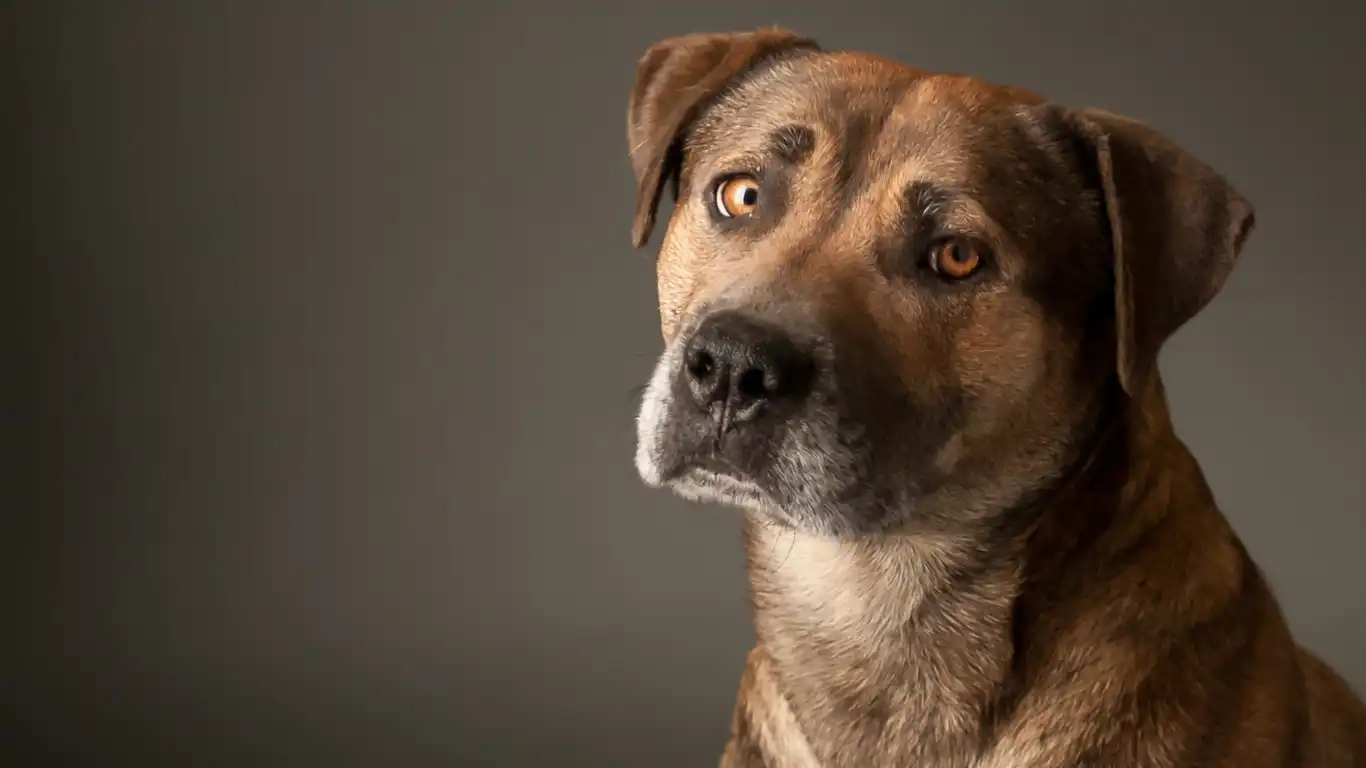
Even with regular cleaning and care, sometimes infections can still happen. As a pet nutritionist and someone who’s spent a lot of time in veterinary clinics, I’ve seen many cases where a dog develops an infection in their nose folds, especially if they have deep creases that trap moisture. Knowing what to look for and how to handle these situations early on is key to preventing further complications.
If you notice that your dog’s nose folds are becoming red, swollen, or producing unusual discharge, it could be a sign of an infection. In some cases, the area may start to smell foul or become crusty. These are all indications that bacteria or yeast may have started to overtake the area.
1. Look for the Symptoms of Infection
While some moisture or mild redness is normal, here are the signs that point to an infection:
- Foul or strong odor: This is often one of the first signs that bacteria or yeast are growing in the folds.
- Redness and swelling: Infected folds may look inflamed, and the skin around the area may feel warm to the touch.
- Excessive discharge: This could be pus or a thick, yellowish fluid oozing from the folds.
- Crusting or scabbing: This happens when the infection has persisted for a while, and the skin starts to heal incorrectly.
It’s always a good idea to keep an eye out for these signs, especially if your dog has deeper folds. The earlier you catch an infection, the easier it is to treat.
2. How to Treat an Infection at Home
If you suspect your dog has a mild infection, you can begin by cleaning the area more thoroughly. Use a vet-approved cleanser, followed by gentle drying to ensure the area remains dry. I’ve had success recommending warm salt water or diluted apple cider vinegar solutions for rinsing infected folds, but always double-check with your vet before using any home remedies.
Once you’ve cleaned the area, you can apply an over-the-counter antibacterial or antifungal ointment to the affected folds. These products are usually available from your vet or pet stores, and they can help prevent the infection from spreading. Just make sure the ointment is safe for pets and follow the instructions carefully.
3. When to Visit the Veterinarian
If your dog’s symptoms don’t improve after a few days of at-home care, it’s time to see the vet. A veterinarian will be able to assess the severity of the infection and may prescribe a stronger topical treatment, oral antibiotics, or antifungal medications to clear up the issue.
In my experience, untreated infections can quickly worsen, leading to painful abscesses or even systemic infections, which are far harder to treat. So, don’t hesitate to consult with your vet if things aren’t getting better.
Maintaining Your Dog’s Overall Skin Health
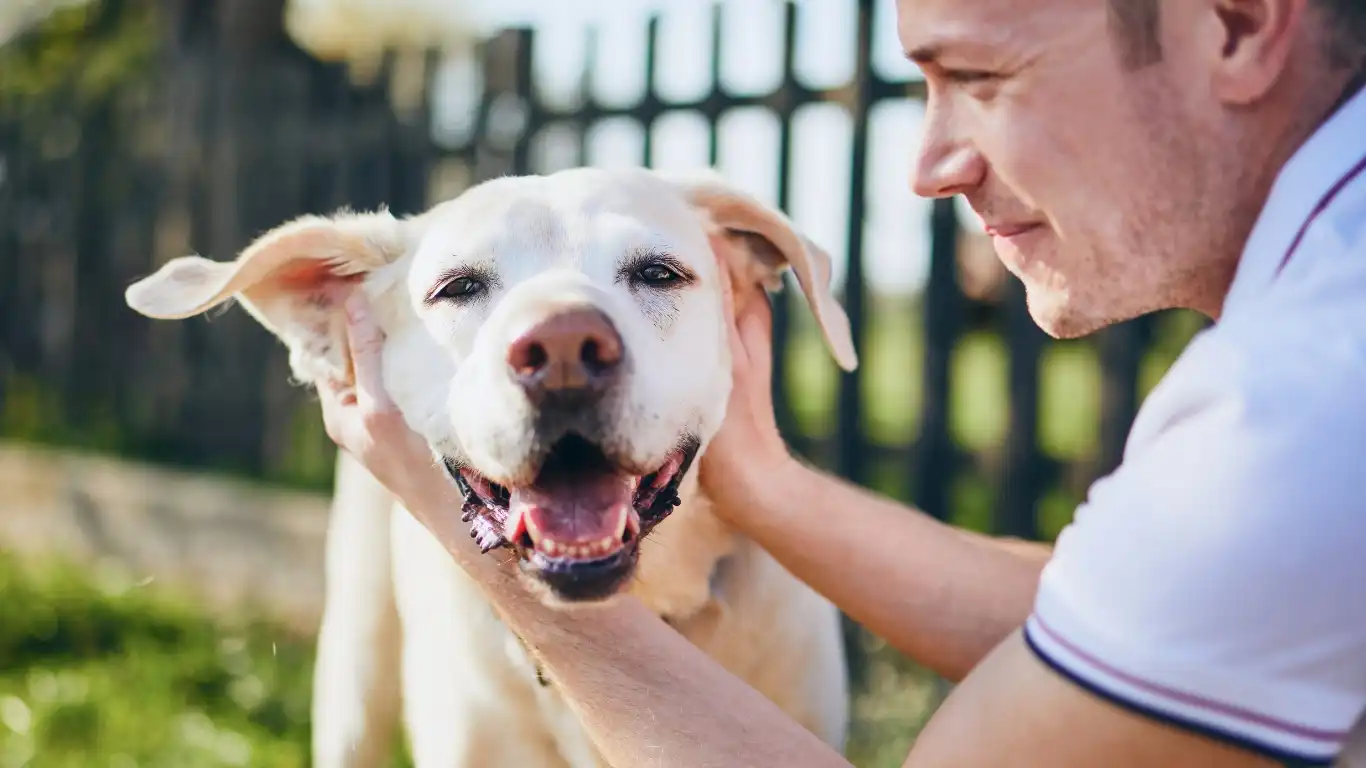
When it comes to caring for your dog’s nose folds, the rest of their skin health plays a big role too. Healthy skin is less likely to develop infections, and when you take steps to keep your dog’s skin in top shape, it makes nose fold care that much easier. Here are a few tips to help keep your dog’s skin in optimal condition:
1. Provide a Balanced Diet
A balanced, nutrient-rich diet is crucial for maintaining healthy skin. Dogs with poor nutrition often struggle with skin issues, including dry patches, flakiness, and irritations that could worsen when moisture collects in their nose folds. Make sure your dog is getting the right amount of high-quality protein, omega fatty acids, and antioxidants in their diet.
In my practice, I recommend foods rich in omega-3 and omega-6 fatty acids, such as salmon or flaxseed, as they help maintain a healthy skin barrier and keep the coat shiny. These fatty acids also have anti-inflammatory properties, which can help prevent skin flare-ups around your dog’s nose folds.
2. Keep Your Dog Hydrated
Just like us, dogs need plenty of water to stay hydrated. Proper hydration supports healthy skin and can help keep your dog’s skin from becoming dry or cracked. If your dog’s skin is overly dry, it can be more susceptible to irritation and infection, especially in those delicate nose folds.
If your dog doesn’t seem to drink enough water, try adding wet food to their diet or even some ice cubes to their water bowl to encourage them to drink more. Sometimes a little change in routine can go a long way in getting them to stay hydrated.
3. Regular Grooming and Bathing
Regular grooming is another important part of skin care. Brushing your dog’s coat helps remove dirt, dead skin cells, and loose fur, preventing buildup around the nose and folds. This also encourages good circulation to the skin. Depending on your dog’s breed, you should aim for weekly or bi-weekly brushing sessions to keep their coat clean and free of debris.
Bathing your dog regularly with a gentle, dog-safe shampoo will also help keep their skin and fur healthy. For dogs with skin sensitivities or prone to infections, look for hypoallergenic or medicated shampoos that are specifically formulated to care for their skin type.
References and Resources
For further reading on dog skin health, cleaning nose folds, and preventing infections, I recommend checking out the following trusted resources:
- PawPatron – Pet Care Blog
- American Kennel Club – Skin Health for Dogs
- VetStreet – Dog Health and Wellness
Disclaimer
The information provided in this article is intended for general educational purposes only and is not a substitute for professional veterinary advice. Always consult with a qualified veterinarian before making decisions regarding your pet’s care. In cases of severe irritation, infection, or injury, seek veterinary care immediately.
